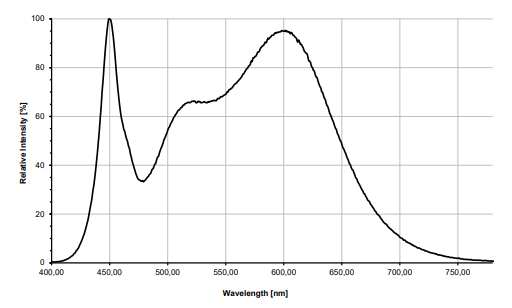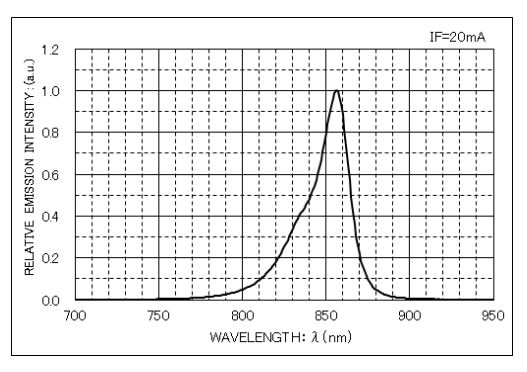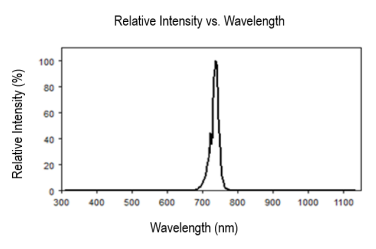Specific information about how sensors can be used to measure things about a person, organized approximately by relevant sensor, sensor technical considerations kept elsewhere
Color sensor for allat stuff…
14 channel 16 bit multipurpose spectral light sensor 11 channels 380-1100nm in visible spectrum 1 near infrared 1 clear channel ?? last channel?
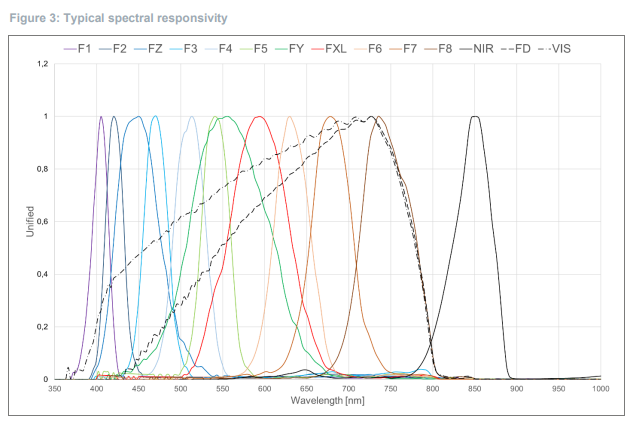
requires an “Achromatic bulk diffusor”
What to measure?
- Heart rate
- Blood oxygen saturation (SpO2): Photodiodes, combined with red and infrared LEDs, measure blood oxygen levels—critical for assessing respiratory function and overall cardiovascular health. This is now a staple in many advanced smartwatches.
- Sleep quality
- Heart rate variability (HRV), stress, recovery: By tracking changes in the interval between heartbeats via the photoplethysmogram (PPG), photodiodes can offer insights into stress, recovery, and cardiovascular fitness.
alternate LED pulses! (less noise)
Illumination
Lite-On Inc. LTST-008BGEW (20 ma per channel)
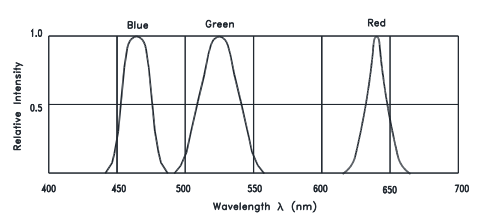
HR (heart rate)
heart rate is how many times your heart beats per minute. pulse rate is how many times per minute arteries expand because of heart beating. usually same but occasionally medical complications.
2 ways to measure HR
- Electrical - electrocardiography
- Optical - photoplethysmography
- use infrared light to see the expansion of arteries (pulse rate) general - use green light
- hemoglobin absorbs green light well
- green light (wavelength ~525-560nm) doesn’t penetrate deeply ⇒ surface capillaries (clearest pulse signals)
HRV (heart rate variability)
SpO2 (blood oxygen saturation)
- % of oxygen saturated hemoglobin in blood stream
- “oxyhemoglobin”
- 95+% = healthy, 90-94% = watch out, <90% = danger generally measured using pulse oximeter
- shines red & infrared light through skin
- HbO2 (oxygenated hemoglobin) absorbs more infrared light & less red light
- Hb (deoxygenated hemoglobin) absorbs less infrared & more red light compare how much light of each wavelength is absorbed = relative ratio of HbO2 to Hb = SpO2
- uses pulsing of blood (during heartbeats) to filter out static tissues (skin, bone)
benefits of tracking:
- Medical Monitoring: For people with lung or heart conditions (e.g., COPD, asthma, COVID-19)
- Athletics/Altitude Training: Track performance and oxygenation in extreme conditions
- Sleep Tracking: Detect drops in oxygen levels that might suggest sleep apnea
